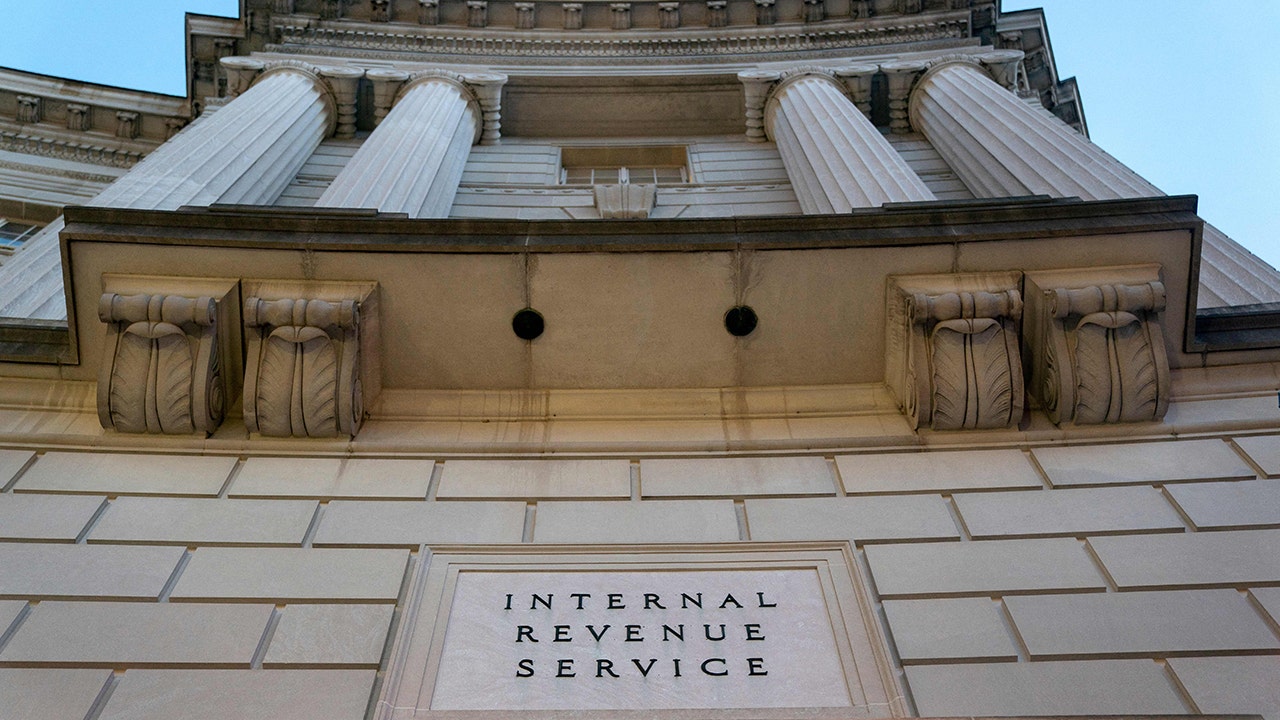Beginning in 2024, workers will be allowed to contribute up to $23,000 to their 401(k), an increase of $500 from this year. The increase applies to other retirement savings accounts, including the 403(b) plan, most 457 plans and the federal government’s Thrift Savings Plan.
IRS did everyone dirty with this tiny increase considering how hard everyone was hit with inflation this year. Should have been $1,500 or more.
It’s a tough spot for the IRS, they should increase it that much, but it’s basically a handout to upper classes that more commonly contribute the maximum. Too many people aren’t contributing enough for the increase to matter.
I wish we could pin it to some objective measure and stop dealing with this set of decisions. Same with other forms of support.
23k is a lot to put in per year. How many people do you think can even afford that? Let alone more
I sure fucking can’t. Especially with $10,000 in medical bills after Aetna decided to stop insuring in my county.
Strange that we aren’t asking why it’s so hard for people to put in the maximum. Seems like that’s the better question. What measures could we put in place that make it easier for poverty wages to better set them selves up for retirement?
If you’re earning poverty wages there’s not a lot you can do. They’re called poverty wages for a reason. Considering you can’t really bring spending down at this income level, the only path is to increase income somehow.
You pay before taxes on traditional contributions so the net income hit is less.
Say your effective tax rate is 30%, then you are eating in gross pay only 18,900 off income to fund 27000 in 401K savings.
The whole point of tax deferred accounts really.
Roth contributions don’t work this way, but most do not max out funds using Roth given the tax difference in retirement vs working.
I want your job if you can put almost 19k a year in your 401k. I couldn’t even get close to that number.
deleted by creator
I’m sorry to hear about your medical condition. That’s a rough hand to have been delt. I’m happy for you that you’re planning ahead and I hope it goes as well as it can for you. My 401k is pretty on par for my age (in terms of a multiple of my annual income based on goggle research). I’ve been putting as much as I can in but no where even close to the limit. What’s pretty sad is most of my co-workers are only putting 5% maybe 10% away and they think that’ll be enough. I try to explain but the vast majority don’t care.
deleted by creator
While I totally agree with this, you need to be making quite a bit in order to have an effective tax rate of 30%. I make six figures and don’t even pay that much.
deleted by creator
Per the article:
about 8.5%
For reference, someone full-time at Federal minimum wage (which is unlikely: most minimum wage jobs are fewer hours) makes $15,080.
The amount was already too high to begin with. You add in IRA’s and 401k catch-up and it gets even worse.
It’s mostly a benefit to upper-middlenclass people. The executive officers, presidents, VP’s, and upper-level managers making $200,000-$500,000/year in employment income. An extra $500/year of deductible income probably doesn’t move the needle much either way.
My guess is that it’s not a huge loss of tax revenue, it’s not a significant increase to their retirement savings, not a huge increase in money being invested into the economy. $500 is only 2% of $22,500. Given inflation, it’s hard to imagine this increasing by anything less than that. All in all, the change seems reasonable to me, and at least moving in the right direction if not getting there immediately in 2024.
It’s not necessarily about how much you make; it’s about how much you spend. For example, if you make the median US household income ($74,580) but spend at the poverty line ($30,000 assuming a family of 4), then you’ve got $44,580 to save/invest – which is enough to max out one wage earner’s 401k ($23,000), IRA ($7,000), spousal IRA ($7,000), and HSA ($8,300) and have $280 left over to put in taxable investments. (In case you think I forgot to account for taxes, note that all these tax-deferred investments would do just that: lower your AGI so much that your current-year tax liability would probably be wiped out completely.)
The trick is living way, way, way below your means. This blog has good advice on how to accomplish that.
Let me stop you right there because I don’t make anything near the median income.
So? You asked about “how many people” can afford it. I’ve proven that 50% of American households could afford it if they really wanted to, and the fact that that 50% apparently doesn’t include you is immaterial.
America is an enormous country. Not all states, regions, and counties are the same. I make close to, but not quite, the median income for my state. And I work two jobs. One full time and another part time. That may be immaterial to you but it isn’t for a lot of people.
I wish I made anywhere near enough to worry about maxing out my 401k
You’d have to make $225K if your company matches 5%, as a lot do
It’s $460k to max out at 5%.
The $23,000 is just the limit for how much pre-tax an individual can contribute. Employer matches are not subject to Federal income tax.
Ahh good point.
Oh wow, THANK YOU. I don’t know what I would have done without an extra measly $500 to save each year. There shouldn’t be limits in the first place. But that must people are hitting that anyway.
401(k)s are a goddamn scam and we should be able to get company contributions put into whatever savings account we want.
As a Canadian, I don’t know much a out how a 401(k) works. I’m hoping for your sakes it isn’t like Canada’s CPP, which is basically just the worlds largest ponzi scheme, and will likely collapse before anyone under 40 today retires. My whole life I’m essentially paying to prop up boomers in their retirement, and will see nothing when my time comes. But if I stop paying I go to prison.
I don’t know what you read and where you read from but:
The most recent triennial report by the Office of the Chief Actuary confirmed that the CPP is financially sustainable for at least 75 year [emphasis are mine]
That means, some 18 years old today could retire at 65 (in 47 years) and have guaranteed pension until at least he/she reaches 93 years old. That was limited to only as far as the report went (“at least”). You are certainly older than 18 if you already pay into the Canada Pension Plan. Therefore, you are guaranteed a pension until you are 93+. Complain to someone else if you know you will live to be 120 years old.
Moreover, a recent research comparing hundreds of pension, endowment, and sovereign wealth funds showed Canadian plans outperforming their international peers on all fronts over the past two decades. Source: The Canadian Pension Fund Model: A Quantitative Portrait — Alexander Beath, Sebastien Betermier, Chris Flynn, Quentin Spehner
Beyond that, I cannot help you if you wish to hold onto your falsehood as sacrosanct.





